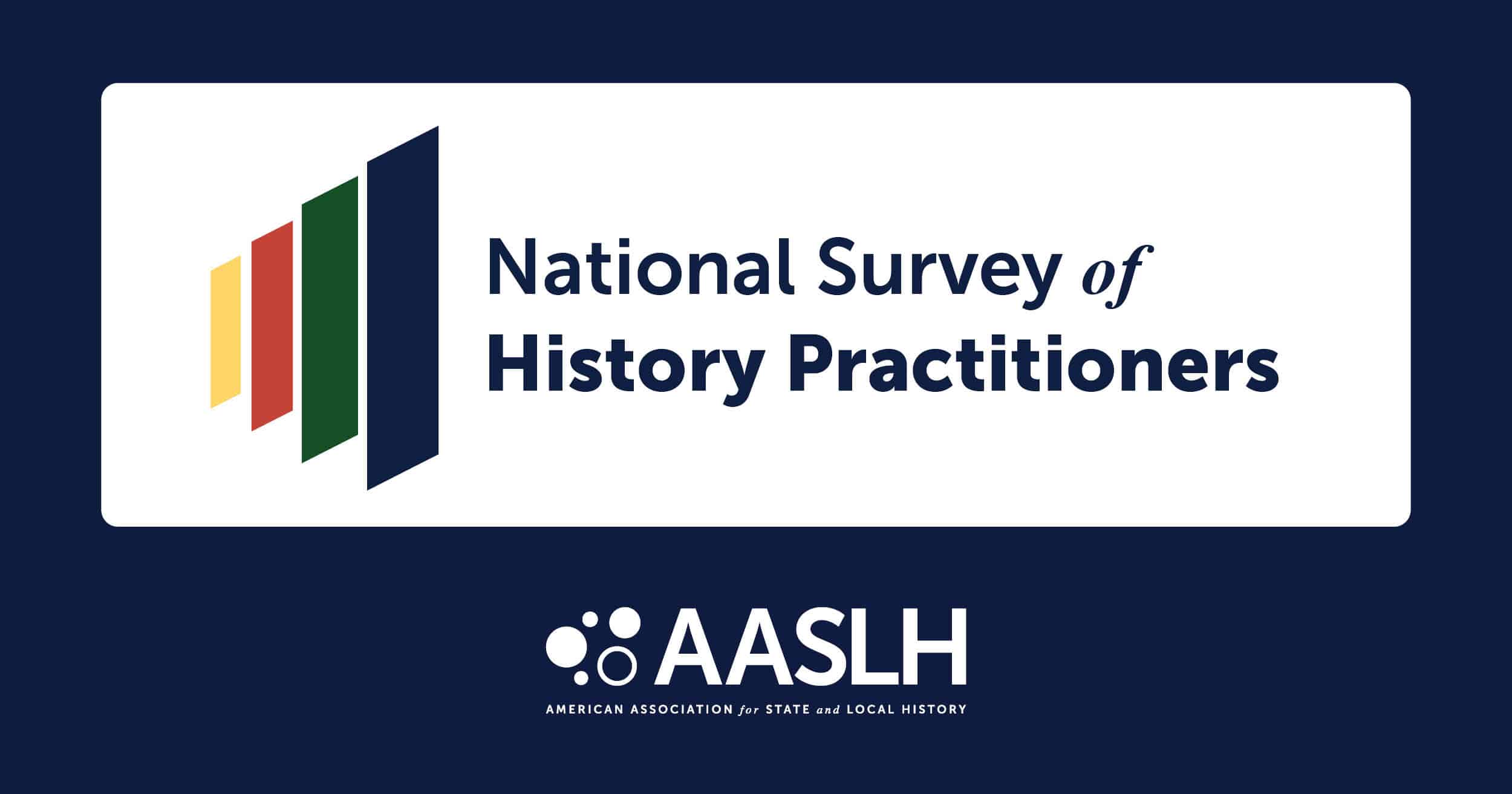Collections-based Programs in a Non-Collecting Institution?
Picture this: you’re leading a group of visitors through your permanent exhibition. They are entranced by your description of the Battle of the Alamo, captivated by the thought of the Runaway Scrape, amazed by Santa Anna’s chamber pot….Wait. What chamber pot? Where did it go?! I swear it was here the last time I gave a tour!
Here at the Bullock Texas State History Museum this scenario can play out any day. Because we are a non-collecting institution, every object on display is on loan to us for a finite period of time. When I first came to the Museum in 2009, this scenario only frustrated me. What do you mean we can’t create long-term curriculum and programming based on specific artifacts? However, as time has gone on, I have come to appreciate the freedom it gives us to focus on the idea of finding the story, rather than the small number of stories about particular artifacts themselves.

The folks in the bottom right of this photo are examining replicas of the debris left behind by Texan and Mexican soldiers–using their own personal stories to make connections with objects.
So what do we do instead? How do we continue to make the artifact central to the story when the artifact is always a moving target?
Use the exhibit infrastructure. Sure, the chamber pot is gone, but the recreated façade of the Alamo as it would have looked after the battle is a permanent part of our display. The folks in the bottom right of this photo are examining replicas of the debris left behind by Texan and Mexican soldiers–using their own personal stories to make connections with objects.
Make the idea of artifact analysis easy. In our teacher professional development sessions, we stress the importance of making students familiar with the methods of analysis, before throwing in an unknown artifact. Practice analyzing a soda can, t-shirt, or cereal box first to build the skills needed for careful looking. By the time you’re doing it at the Museum with teaching collection materials and real artifacts in the exhibits, you’ll be old hat!
Turn a possible negative into a definite positive. This fall we’ll be starting a new series called “Changeout Times.” Led by artifact lenders or other content experts, these brief talks will allow attendees to dive into the stories of new artifacts as they come onto display. We will now have the ability to say, “Guess what? THIS artifact is new and special and tells the story of Texas in a different way than any other artifact that has been on display before.”

Selections from the Museum’s teaching collection include a replica drill bit, natural resource samples, clothing, books, documents, and, of course, that soda can.
Who else out there has similar collections conundrums? I’d love to hear what other methods y’all are using to bring the stories of artifacts to life for your visitors.
Kate Betz is Head of Education at The Bullock Texas State History Museum in Austin, Texas.



